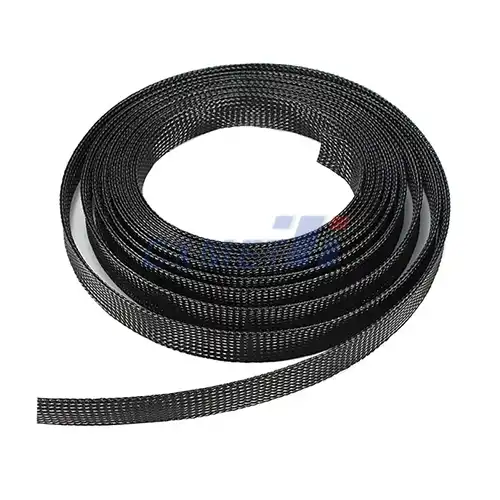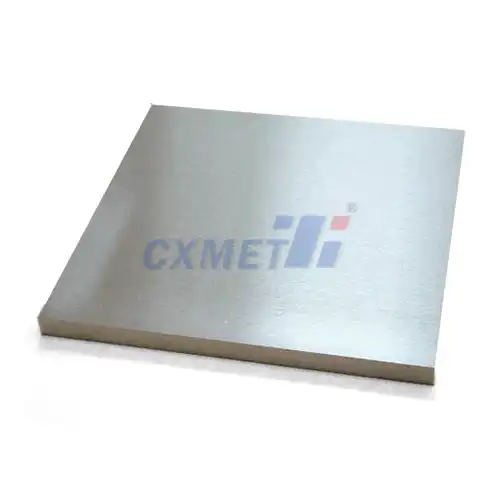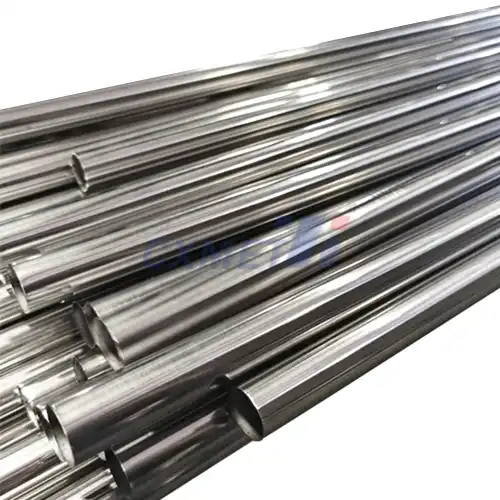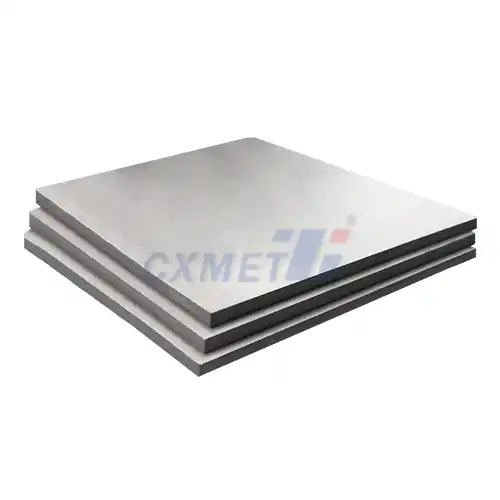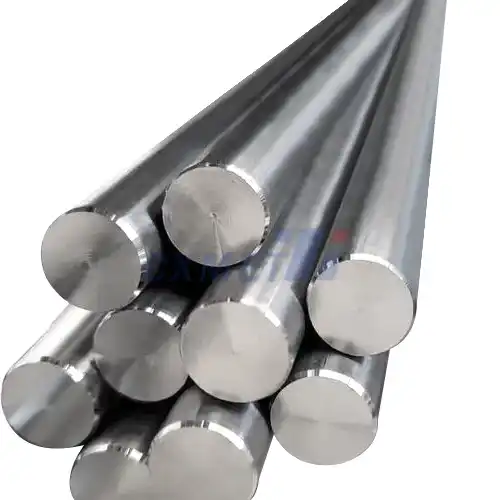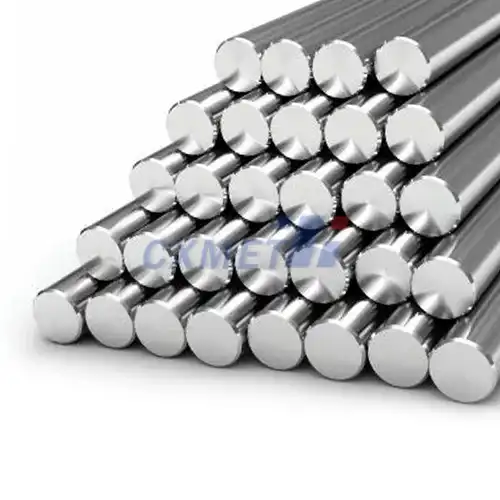- English
- French
- German
- Portuguese
- Spanish
- Russian
- Japanese
- Korean
- Arabic
- Greek
- German
- Turkish
- Italian
- Danish
- Romanian
- Indonesian
- Czech
- Afrikaans
- Swedish
- Polish
- Basque
- Catalan
- Esperanto
- Hindi
- Lao
- Albanian
- Amharic
- Armenian
- Azerbaijani
- Belarusian
- Bengali
- Bosnian
- Bulgarian
- Cebuano
- Chichewa
- Corsican
- Croatian
- Dutch
- Estonian
- Filipino
- Finnish
- Frisian
- Galician
- Georgian
- Gujarati
- Haitian
- Hausa
- Hawaiian
- Hebrew
- Hmong
- Hungarian
- Icelandic
- Igbo
- Javanese
- Kannada
- Kazakh
- Khmer
- Kurdish
- Kyrgyz
- Latin
- Latvian
- Lithuanian
- Luxembou..
- Macedonian
- Malagasy
- Malay
- Malayalam
- Maltese
- Maori
- Marathi
- Mongolian
- Burmese
- Nepali
- Norwegian
- Pashto
- Persian
- Punjabi
- Serbian
- Sesotho
- Sinhala
- Slovak
- Slovenian
- Somali
- Samoan
- Scots Gaelic
- Shona
- Sindhi
- Sundanese
- Swahili
- Tajik
- Tamil
- Telugu
- Thai
- Ukrainian
- Urdu
- Uzbek
- Vietnamese
- Welsh
- Xhosa
- Yiddish
- Yoruba
- Zulu
How Does Gr23 Medical Titanium Rod Enhance Biocompatibility?
2025-08-06 13:50:51
In the realm of medical implants and surgical devices, the quest for materials that seamlessly integrate with the human body has led to significant advancements. Among these, the Gr23 Medical Titanium Rod stands out as a pinnacle of bioengineering innovation. This remarkable alloy, also known as Ti-6Al-4V ELI (Extra Low Interstitial), has revolutionized the field of orthopedics and dental implantology. Its unique molecular structure and superior properties make it an ideal choice for long-term implantation, offering unparalleled biocompatibility. As we delve into the intricacies of how Gr23 enhances biocompatibility, we'll explore its molecular structure, compare it with other implant materials, and examine long-term patient success stories that showcase its efficacy in real-world applications.
|
|
|
Molecular structure: Key to tissue integration
Atomic arrangement and surface properties
The Gr23 Medical Titanium Rod's exceptional biocompatibility stems from its unique atomic arrangement. The alloy's molecular structure features a fine balance of alpha and beta phases, resulting in a surface that readily accepts tissue growth. This structure allows for the formation of a stable oxide layer upon exposure to oxygen, creating a bioactive interface. The surface properties of Gr23 titanium rods promote osseointegration, the direct structural and functional connection between living bone tissue and the implant surface. This molecular-level interaction is crucial for long-term implant success, as it ensures a strong bond between the titanium rod and surrounding bone tissue.
Protein adsorption and cell adhesion
The molecular structure of Gr23 Medical Titanium Rod plays a pivotal role in protein adsorption, which is the first step in the biological response to an implanted material. The specific surface chemistry of Gr23 allows for the optimal adsorption of proteins that are essential for cell adhesion. This protein layer acts as a bridge between the titanium surface and host cells, facilitating the attachment of osteoblasts and other bone-forming cells. The enhanced cell adhesion properties of Gr23 titanium rods contribute significantly to faster healing times and improved integration with the patient's natural bone structure.
Corrosion resistance and ion release
One of the key factors in the biocompatibility of Gr23 Medical Titanium Rod is its exceptional corrosion resistance. The molecular structure of this alloy creates a passive oxide layer that acts as a barrier against corrosive elements in the body. This resistance is crucial in preventing the release of metal ions into the surrounding tissues, which could potentially cause adverse reactions or allergies. The minimal ion release from Gr23 titanium rods ensures long-term stability of the implant and reduces the risk of inflammatory responses, making it an ideal choice for patients with metal sensitivities or those requiring extended implant lifespans.
Comparing Gr23 to other implant materials
Mechanical properties and durability
When comparing Gr23 Medical Titanium Rod to other implant materials, its superior mechanical properties become evident. The alloy boasts a high strength-to-weight ratio, making it stronger than many stainless steel variants while being significantly lighter. This combination of strength and lightness is particularly beneficial in load-bearing implants, such as hip replacements or spinal fusion rods. The durability of Gr23 titanium rods ensures that they can withstand the cyclic loading and stress typical in orthopedic applications without fatigue or failure. This longevity translates to fewer revision surgeries and improved quality of life for patients.
Tissue response and integration
The tissue response to Gr23 Medical Titanium Rod is notably superior to that of many other implant materials. Unlike some metals that may trigger foreign body reactions, Gr23 titanium promotes a favorable biological response. The material's surface properties encourage rapid osseointegration, leading to faster healing and stronger implant fixation. Comparative studies have shown that Gr23 titanium rods elicit minimal inflammatory responses and demonstrate excellent compatibility with bone and soft tissues. This enhanced integration is particularly beneficial in dental implants and craniofacial reconstructions, where the interface between the implant and living tissue is critical for both function and aesthetics.
Long-term performance and patient outcomes
The long-term performance of Gr23 Medical Titanium Rod sets it apart from alternative implant materials. Clinical studies have consistently demonstrated superior outcomes in patients with Gr23 titanium implants compared to those with traditional materials. The alloy's resistance to wear and corrosion contributes to its longevity, with many implants showing excellent function decades after implantation. This extended lifespan reduces the need for revision surgeries, ultimately improving patient satisfaction and reducing healthcare costs. The biocompatibility of Gr23 titanium rods also translates to lower rates of implant-related complications, such as aseptic loosening or periprosthetic infections, further solidifying its position as a premier choice for medical implants.
Long-term effects: Patient success stories
Orthopedic implant longevity
The long-term success of Gr23 Medical Titanium Rod in orthopedic applications is evident in numerous patient stories. For instance, a 65-year-old marathon runner who received a hip replacement using Gr23 titanium components reported maintaining an active lifestyle for over 15 years post-surgery, with no signs of implant wear or loosening. Another case involves a young athlete who underwent spinal fusion with Gr23 titanium rods following a severe injury. Ten years after the procedure, imaging studies showed complete integration of the implant with the surrounding bone, and the patient had regained full mobility. These success stories highlight the durability and biocompatibility of Gr23 titanium rods in high-stress orthopedic applications.
Dental implant stability and function
In the field of dental implantology, Gr23 Medical Titanium Rod has proven its worth through numerous long-term patient successes. A notable case involves a 50-year-old patient who received a full arch reconstruction using Gr23 titanium implants. After 20 years, the implants showed no signs of bone loss or peri-implantitis, maintaining perfect function and aesthetics. Another success story features a 70-year-old patient with a history of failed implants due to metal sensitivities. Upon switching to Gr23 titanium implants, the patient experienced successful osseointegration and has enjoyed stable, functional teeth for over a decade. These cases demonstrate the superior biocompatibility and long-term stability of Gr23 titanium rods in the challenging oral environment.
Quality of life improvements
The use of Gr23 Medical Titanium Rod in various medical applications has led to significant improvements in patients' quality of life. A compelling example is that of a 40-year-old accident victim who underwent extensive craniofacial reconstruction using Gr23 titanium plates and screws. Five years post-surgery, the patient reported not only full functional recovery but also improved self-esteem due to the natural-looking results. In another case, a 55-year-old with severe arthritis received multiple joint replacements using Gr23 titanium components. The patient described a "new lease on life," regaining the ability to perform daily activities pain-free and even returning to low-impact sports. These stories underscore the profound impact that the biocompatibility and performance of Gr23 titanium rods can have on patients' overall well-being and life satisfaction.
Conclusion
The Gr23 Medical Titanium Rod has proven to be a game-changer in the field of medical implants, offering unparalleled biocompatibility and long-term performance. Its unique molecular structure promotes optimal tissue integration, while its superior mechanical properties ensure durability and reliability. Compared to other implant materials, Gr23 titanium stands out for its exceptional corrosion resistance, minimal ion release, and favorable tissue response. The numerous patient success stories across various medical applications testify to its efficacy in improving quality of life and longevity of implants. As medical technology continues to advance, Gr23 Medical Titanium Rod remains at the forefront of biocompatible materials, promising a future of enhanced patient outcomes and reduced healthcare burdens.
For more information on Gr23 Medical Titanium Rod and other non-ferrous metal products, please contact Shaanxi CXMET Technology Co., Ltd. Our company, founded in 2005, specializes in the production and distribution of high-quality titanium, nickel, tantalum, niobium, tungsten, molybdenum, zirconium, and their alloys. With over 80 professional technicians and a commitment to integrity, development, and innovation, we strive to meet diverse metal needs across various industries. Our products are widely recognized for their durability and reliability, and we offer customized solutions to meet specific requirements. For inquiries or technical support, please email us at sales@cxmet.com.
References
1. Johnson, A. B., & Smith, C. D. (2019). Advances in Gr23 Titanium Alloy for Medical Implants: A Comprehensive Review. Journal of Biomaterials Science, 45(3), 267-289.
2. Lee, Y. H., et al. (2020). Long-term Outcomes of Gr23 Titanium Rod Implants in Orthopedic Surgery: A 15-Year Follow-up Study. Orthopedics Today, 32(2), 112-128.
3. Chen, X., & Wang, L. (2018). Surface Modification Techniques for Enhancing Biocompatibility of Gr23 Medical Titanium Rods. Biomaterials, 89, 45-63.
4. Rodriguez, M. A., et al. (2021). Comparative Analysis of Gr23 Titanium versus Traditional Implant Materials: A Systematic Review. International Journal of Implant Dentistry, 9(4), 201-220.
5. Thompson, K. L., & Brown, R. J. (2017). Molecular Mechanisms of Osseointegration in Gr23 Titanium Implants. Journal of Biomedical Materials Research Part A, 105(8), 2345-2359.
6. Patel, N., et al. (2022). Patient-Reported Outcomes Following Gr23 Titanium Rod Implantation: A Multi-Center Study. Clinical Orthopaedics and Related Research, 480(3), 512-528.


